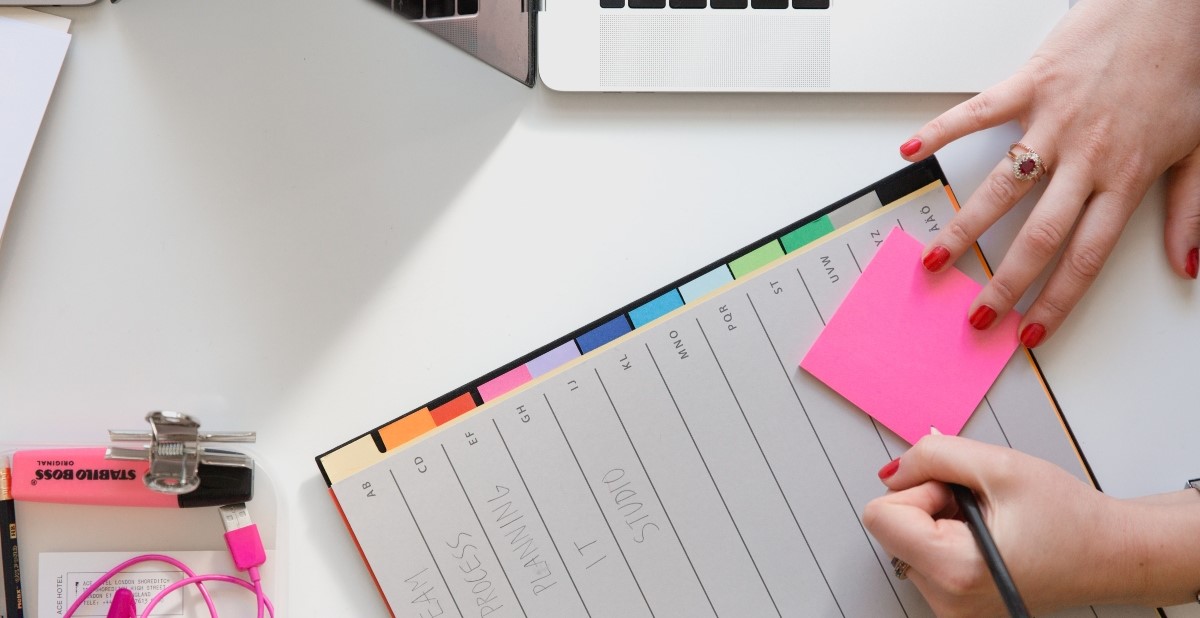What Is Attention Residue And How To Combat It

Attention residue is a common kind of build-up that can squash your productivity and leave you feeling perpetually stressed. Essentially, when you’re working with attention residue, you’re not fully giving your attention to the task at hand because you’re still thinking of a previous activity. Attention residue is a big reason why people can’t focus at work and why they sometimes have a difficult time accomplishing their to-dos.
The good news? You can work to reduce attention residue by properly planning your time. Stu Green, the CEO and co-founder of HourStack LLC, has compiled a few suggestions to help you cut back on jumping from one activity to another. We share his advice in this issue of PromoPro Daily.
Use focused time blocks. This is one of the best ways to combat attention residue. Block off scheduled time for completing certain tasks, like making cold calls or responding to emails, and eliminate as many distractions as you can. Green says the shorter the time window, the less likely you will get distracted. He recommends starting a timer when you begin your task and making sure you pause it when you are starting to slow down and feel like you need a break.
Don’t try to cram in too much. When you have a mile-long to-do list, it’s tempting to want to tackle as much as possible. However, Green says it’s important to remember you can’t do it all — or at least do it all really well. Avoid over-booking your day. If you can achieve one or two blocks of focused time in your workday without distraction or context switching, you will be doing a good job of combating the negative effects of attention residue, he says.
Make the commitment. You may have a task you want to get done in, say, two hours. If that’s the case, Green says commit to it. Find the best time of day based on when you’re most productive and will be at peak performance, and then knock out the task without distractions. Green recommends preparing mentally for that task and making sure you’ve done things like putting your phone in another room, shutting the door, and making sure you’ve had your coffee or eaten a meal.
Try microbreaks. Small breaks in between longer work sessions help you boost your performance. Green says when you work for a solid 2 hours, schedule in a 30-minute break at the end. Research shows that people tend to perform better after taking a microbreak. You could even take a 10-15 minute break from whatever you’re working on to reap the benefits.
Remember to reset. Distractions happen, but don’t let them derail you completely. Instead, start again with a new focused time block. Green says you’ll be amazed at what you can accomplish with a task when coming back to it after a day or so. He adds that a reset gives your brain a chance to clear out any attention residue so you can come back to task A with a completely fresh focus.
While you may not be able to completely get rid of attention residue, you can work to minimize it by considering the points above. When you become more protective and intentional with your time, you can boost your productivity and overall happiness.
Compiled by Audrey Sellers
Source: Stu Green is the CEO, co-founder and front-end developer at HourStack LLC, a tool to help individuals and teams manage their time better.

